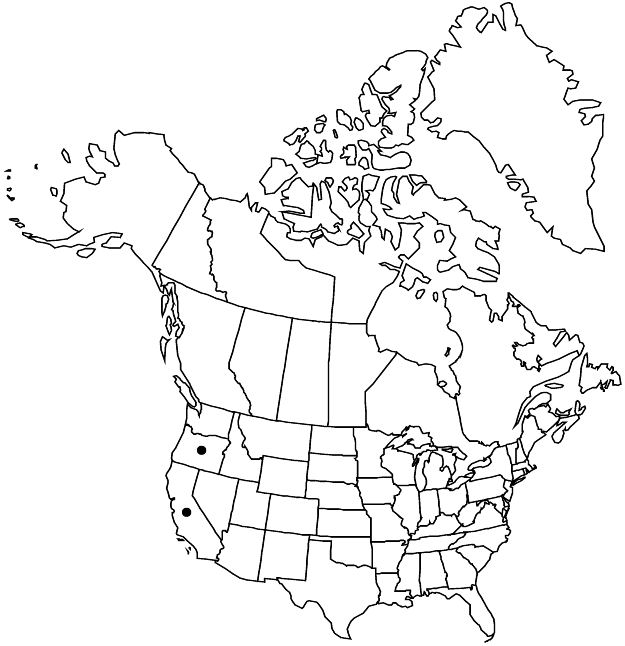Prunus subcordata
Pl. Hartw., 308. 1849.
Shrubs or trees, often suckering, 10–30(–60) dm, sometimes thorny. Twigs with axillary end buds, glabrous or hairy. Leaves deciduous; petiole 4–18 mm, glabrous or hairy, usually glandular distally, glands 1–3, discoid; blade elliptic, oblong-ovate, or suborbiculate, 2–5(–6.5) × 1.3–3.5(–4.5) cm, base rounded or subcordate, margins singly to doubly serrulate, teeth blunt, glandular, apex usually obtuse to rounded, rarely acute, abaxial surface glabrous or hairy, adaxial glabrous or appressed-hairy. Inflorescences 2–5-flowered, umbellate fascicles. Pedicels 5–15 mm, glabrous or hairy. Flowers blooming at leaf emergence; hypanthium campanulate, 2–3.5 mm, glabrous or hairy externally; sepals broadly spreading to reflexed, obovate, 2.2–4(–5) mm, margins glandular-toothed, sometimes obscurely so, sometimes ciliate, surfaces glabrous or hairy; petals white, oblong-obovate, 5–10 mm; ovaries usually glabrous, rarely hairy. Drupes usually red to reddish purple, sometimes yellow, globose to ellipsoid, 15–25 mm, usually glabrous, rarely puberulent; mesocarps fleshy; stones ovoid, ± flattened.
Phenology: Flowering Mar–May; fruiting Aug–Sep.
Habitat: Stream banks, dry rocky slopes, chaparral, pine-oak and juniper-oak woodlands
Elevation: 100–1900 m
Discussion
Prunus subcordata shows variation in color, size, indument, and palatability of fruits, which has been the basis for recognition of taxonomic segregates. Variety kelloggii was described as a larger plant with less hairy foliage than in typical P. subcordata, and its fruits are yellow, larger, sweeter, and more pulpy. Variety rubicunda is a smaller shrub with bright red, bitter fruits. Most noteworthy is var. oregana with densely hairy ovaries and puberulent fruits, recorded only from the sparsely inhabited border region between northeastern California and adjacent Oregon. Specimens in herbaria are few and recent collections are lacking. The assignment of P. texana with hairy fruits to the plums (J. Shaw and R. L. Small 2005) makes this variant all the more interesting. Field study and collection followed by morphologic, genetic, and molecular study are needed to clarify its systematic position and significance.
Selected References
None.
